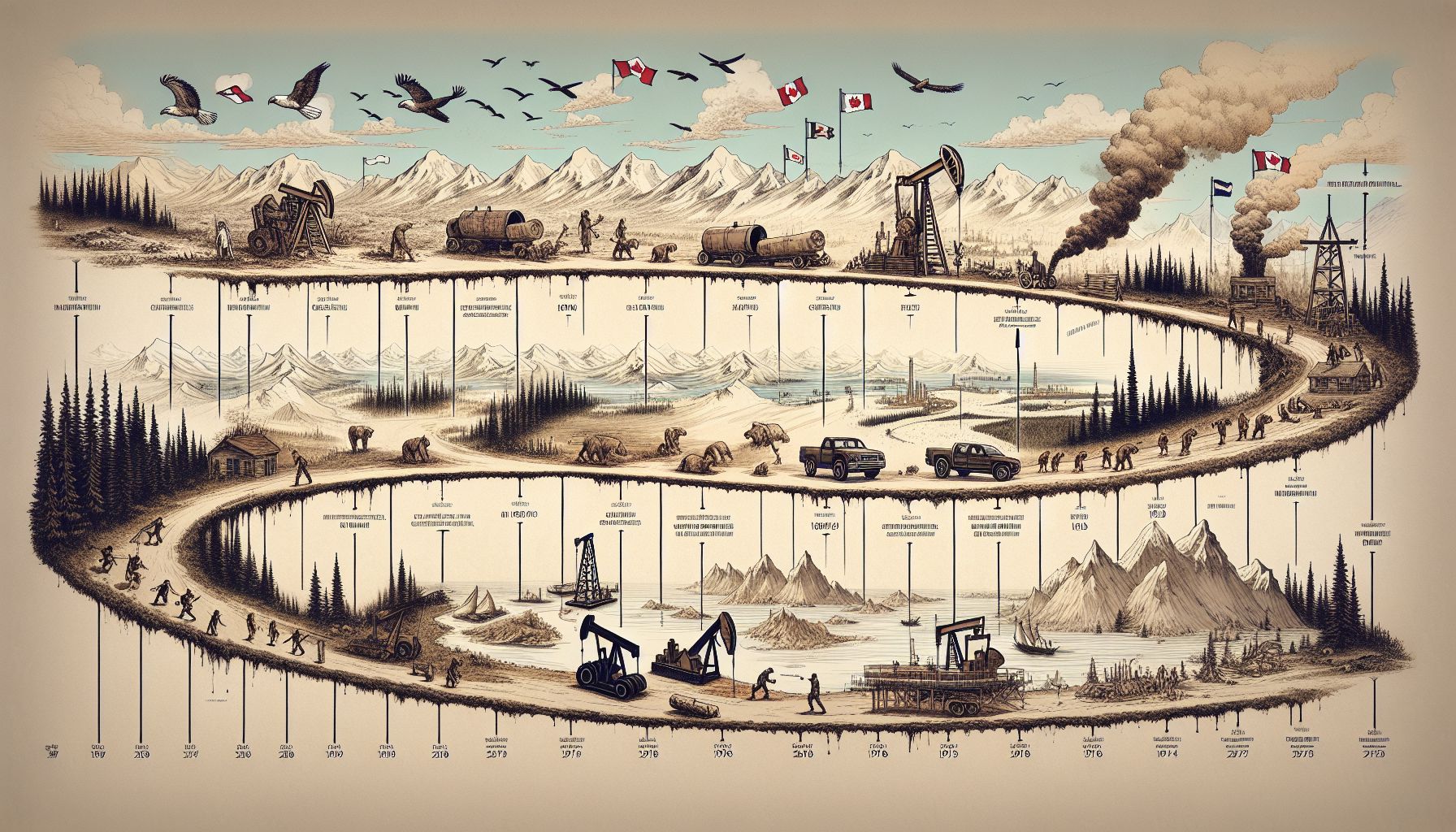Canada’s oil and gas industry has long been a topic of heated debate and intense scrutiny. With its vast reserves of natural resources, particularly oil and natural gas, the country has been a major player on the global energy stage for decades. However, the industry’s impact on the environment, indigenous communities, and Canada’s overall economic landscape has made it a complex and ever-evolving subject.
Over the years, Canada’s oil and gas industry has experienced both booms and busts. These fluctuations have been influenced by a myriad of factors, including global oil prices, technological advances, market demand, and government policies. Achieving a delicate balance between economic growth and environmental sustainability has proven to be an ongoing challenge.
One of the key issues surrounding Canada’s oil and gas industry is the environmental impact of resource extraction and production. The extraction of oil and natural gas often involves techniques such as hydraulic fracturing, commonly known as fracking, which has raised concerns about groundwater contamination and its potential impact on human health. Additionally, the extraction and transportation of oil have been linked to greenhouse gas emissions, contributing to climate change and global warming.
Indigenous communities have also been significantly affected by the oil and gas industry in Canada. Many of these communities reside near resource-rich areas and have historically faced challenges in asserting their rights and protecting their lands. Pipelines, which are essential for transporting oil and gas across the country, have become a focal point of tension between indigenous groups, industry stakeholders, and the government.
Moreover, Canada’s oil and gas industry plays a crucial role in the country’s economy. It provides employment opportunities, generates revenue through taxes and royalties, and contributes to the overall GDP. However, the fluctuating nature of the industry, as seen in recent years, has highlighted the vulnerability of Canada’s economy to global market forces. The decline in oil prices and the COVID-19 pandemic have had a significant impact on the industry, leading to job losses and economic instability in many resource-dependent regions.
In response to these challenges, the Canadian government has implemented various policies and initiatives aimed at addressing environmental concerns and promoting sustainable development within the industry. The imposition of carbon pricing, stricter regulations on emissions, and increased investment in renewable energy sources are some of the measures taken to mitigate the industry’s impact on the environment. However, finding a delicate balance between economic growth, energy security, and environmental stewardship remains an ongoing challenge.
In conclusion, Canada’s oil and gas industry is a complex and ever-evolving sector that continues to shape the country’s economic, environmental, and social landscape. The industry’s impact on the environment and indigenous communities, as well as its contribution to the economy, cannot be overlooked. As the world continues to transition towards a more sustainable future, the oil and gas industry in Canada must navigate the challenges and opportunities that lie ahead, striving to find innovative and responsible ways to extract, produce, and utilize these valuable resources. Only through a comprehensive and inclusive approach can Canada steer its oil and gas industry towards a more sustainable and prosperous future for all.

